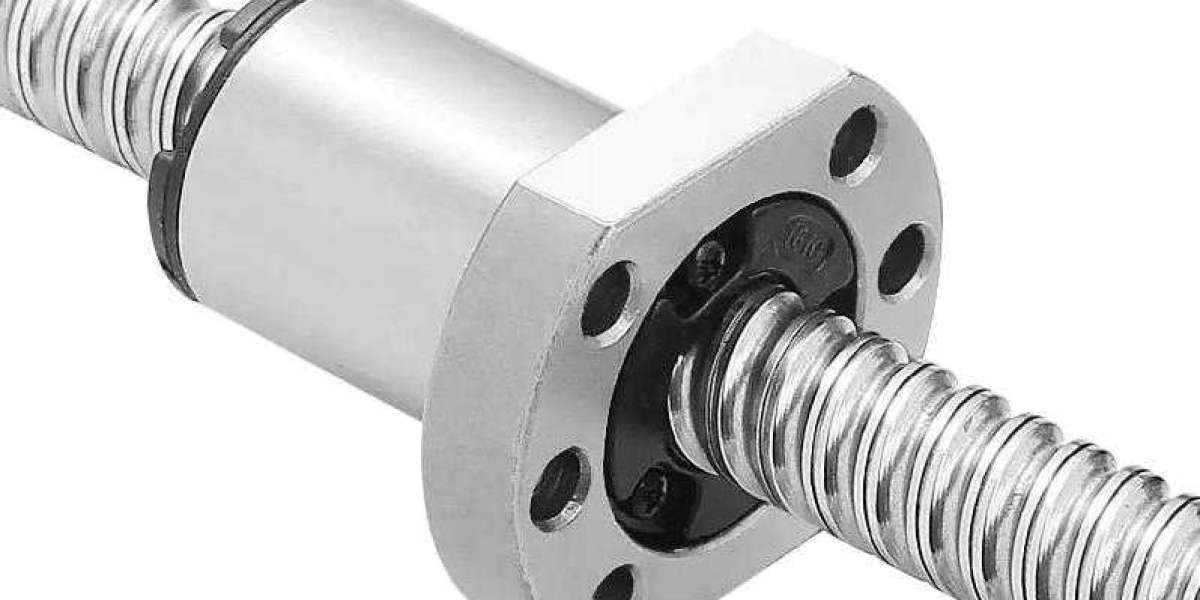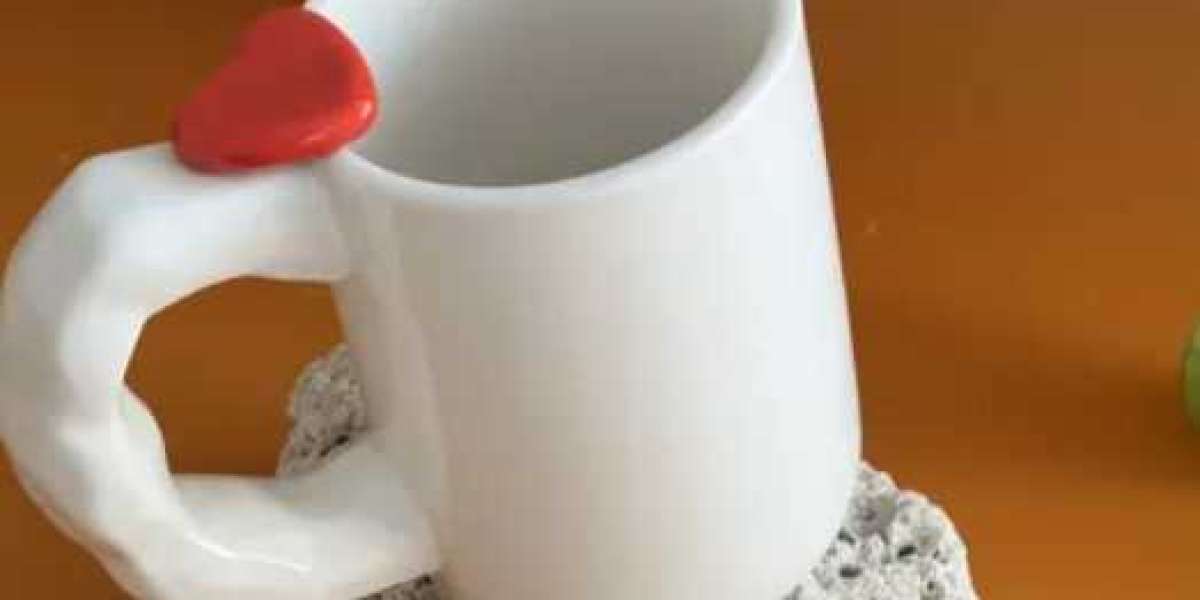In the realm of machinery and mechanical systems, where precision and accuracy are paramount, Linear Guide and Screw Nut stand as unsung heroes, quietly enabling the smooth and precise motion of various components. These unassuming yet critical elements are integral to a wide range of applications, from CNC machines to 3D printers, ensuring that equipment operates flawlessly and consistently.
Linear Guides: The Backbone of Precision
Linear guides, also known as linear motion guides or linear rails, provide crucial support and guidance for the linear motion of machine components. These guides consist of a stationary track and a moving carriage. The carriage houses the load-bearing element, which could be ball bearings or roller bearings, that facilitate smooth and low-friction movement along the track.
Industrial Applications: Linear guides find extensive use in industrial machinery, such as CNC machines and industrial robots, where high precision and reliability are essential. They ensure that cutting, milling, and assembly operations are executed with utmost accuracy.
Medical Equipment: In the medical field, linear guides are employed in various applications, from MRI machines to robotic surgical systems. Their precision and reliability are crucial in delivering accurate diagnoses and performing delicate procedures.
Automation and Robotics: Automated processes, including pick-and-place robots and conveyor systems, rely on linear guides to precisely move items from one point to another. This is fundamental in industries like logistics and manufacturing.
Aerospace: In the aerospace sector, linear guides contribute to the smooth operation of landing gear systems, aircraft seats, and more. They guarantee the safety and performance of aircraft.
Screw Nuts: The Precision Translators
Screw nuts, commonly used in conjunction with screws or lead screws, transform rotary motion into linear motion. They play a pivotal role in controlling the movement of components with precision. The interaction between a screw and nut, also known as a leadscrew or ball screw assembly, is responsible for the precise linear motion seen in many mechanical systems.
Manufacturing Machinery: Screw nuts are vital components in manufacturing machinery like lathes and milling machines. They control the cutting tools' movement, resulting in accurately machined parts.
3D Printing: The precise layer-by-layer deposition of material in 3D printers is possible due to screw nuts. These nuts ensure the print head or build platform moves exactly as required, leading to high-quality prints.
Semiconductor Equipment: The semiconductor industry relies on extremely precise equipment for chip manufacturing. Screw nuts are used in wafer handling and inspection equipment, where nanometer-level precision is essential.
Camera and Optics: High-end cameras, telescopes, and other optical instruments employ screw nuts to fine-tune focus and positioning. This is critical for capturing clear and detailed images.
Automotive Industry: In the automotive sector, screw nuts play a role in various applications, such as adjusting car seats, controlling sunroofs, and even in electric power steering systems to ensure precise and responsive control.
In conclusion, linear guides and screw nuts might not often be in the spotlight, but they are indispensable components that underpin precision in countless applications. Their role in industries ranging from manufacturing to healthcare and aerospace to consumer electronics cannot be overstated. As technology advances and demands for higher precision increase, these unassuming yet essential components continue to evolve and innovate, driving progress in various fields.








